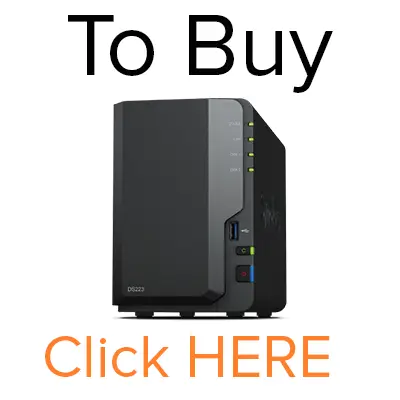Jump Ahead Too
ToggleUnderstanding Synology NAS: SSD Compatibility, Remote Access, Reliability, and More
Can Synology NAS Use SSDs?
Synology NAS devices offer flexibility when it comes to storage drives. You can indeed use SSDs (Solid State Drives) with Synology NAS units. The advantages of using SSDs include faster data access speeds, lower power consumption, and increased durability. SSDs are particularly beneficial if you require rapid data access for tasks such as media streaming, virtualization, or hosting a database. However, it’s important to check compatibility with your specific Synology model and review the recommended SSD brands and models for optimal performance.
Can Synology NAS Be Accessed from the Internet?
Yes, Synology NAS devices can be accessed from the internet. Synology provides several methods for remote access, including QuickConnect, which simplifies the process by allowing you to access your NAS without configuring complex port forwarding rules. Additionally, Synology offers VPN (Virtual Private Network) support for secure remote connections. Remember to implement security best practices, such as strong passwords and two-factor authentication, to protect your NAS when accessed over the internet.
Can Synology NAS Be Used as a File Server?
Absolutely, one of the primary functions of a Synology NAS is to serve as a file server. You can create shared folders, set access permissions, and enable features like file versioning and data backup. Synology’s DiskStation Manager (DSM) provides an intuitive interface for managing files and user access, making it an excellent choice for a file server in both home and business environments.
Are Synology NAS Units Reliable?
Synology NAS devices have earned a reputation for reliability. Their reliability is a result of using quality components, providing regular software updates, offering redundancy options (like RAID configurations), and delivering strong technical support. Synology NAS devices are known to perform reliably in various scenarios, from home media storage to business-critical applications.
How to Sync Synology NAS?
Syncing data with your Synology NAS is straightforward. Synology provides its own synchronization tools, including “Synology Drive” and “Cloud Station Suite,” which allow you to sync files and folders between your devices and your NAS. Additionally, you can use third-party synchronization applications like “rsync” for more advanced syncing options.
How to Reset Synology NAS?
Resetting a Synology NAS can be done through the DSM interface. To perform a basic reset, navigate to the Control Panel, select “Update & Restore,” and then choose “Reset.” This will reset the NAS to its default settings. For a more advanced reset, you can use the physical reset button on the NAS. Consult your device’s manual or Synology’s official documentation for specific instructions based on your model.
How to Backup Synology NAS?
Backing up your Synology NAS is essential to protect your data. Synology provides a built-in backup solution called “Hyper Backup,” which allows you to back up your data to various destinations, including external drives, other Synology NAS devices, or cloud storage services like Amazon S3 and Google Drive. Setting up scheduled backups and configuring retention policies ensures your data is safely backed up and can be easily restored when needed.
In conclusion
Synology NAS devices offer versatility, reliability, and an array of features, making them suitable for various storage and data management needs. Whether you want to use SSDs, access your NAS remotely, or ensure data security, Synology provides the tools and options to meet your requirements effectively.

